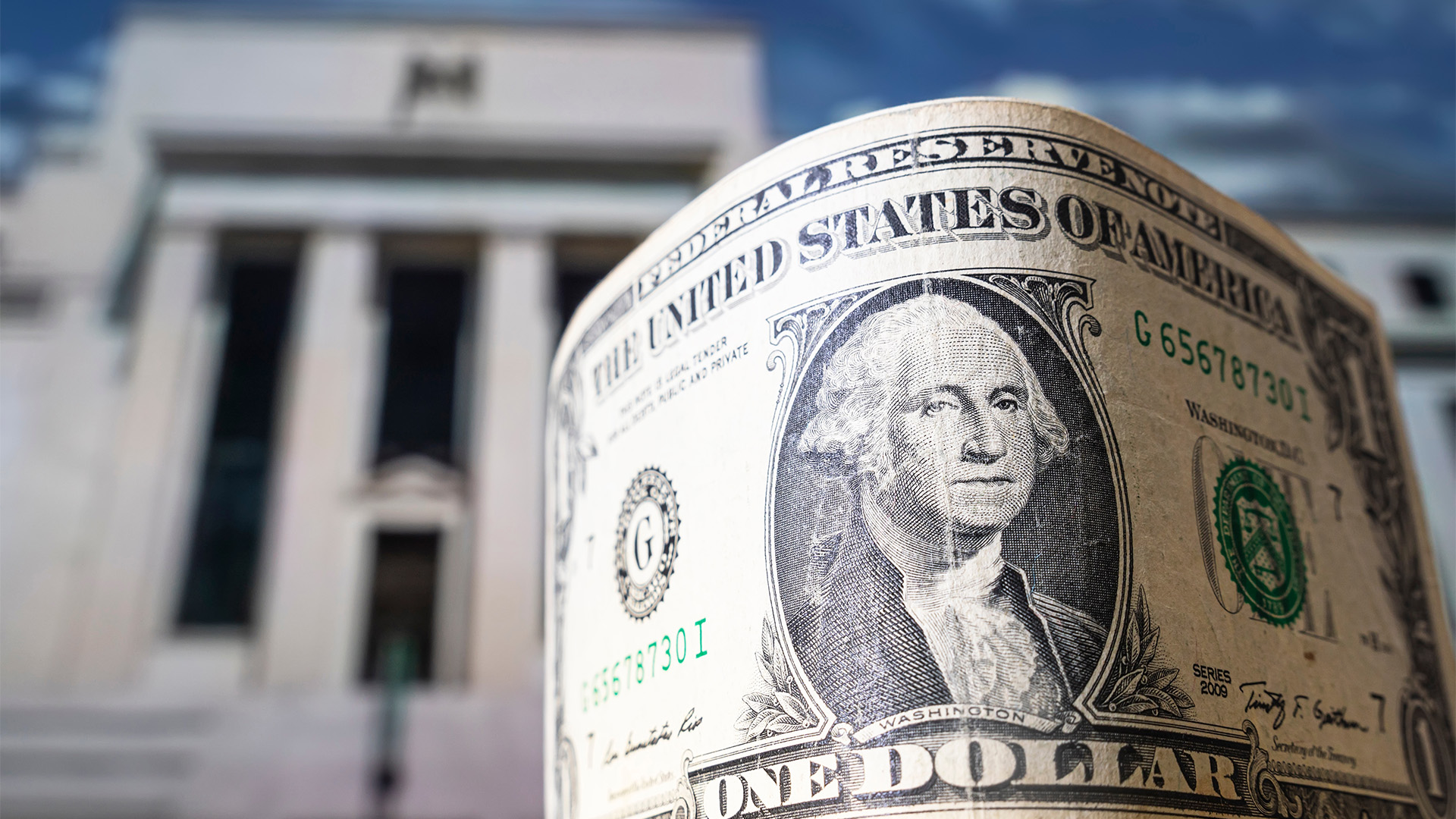Inflation seemed to moderate slowly in October while new building approvals slid sharply for the same month, according to data from the Australian Bureau of Statistics yesterday.
The first standalone monthly inflation indicator revealed an easing in price pressures with the annual rate of inflation easing to 6.9% from 7.3% in September.
That was a much better outcome than the market forecast for an annual reading of 7.6%.
The monthly indicator covers roughly 70% of what the quarterly Consumer Price Index measures, so the data from Wednesday’s report is not strictly comparable.
At the same time the ABS said about half of the decline was due to an annual re-weighting in the basket of goods and services measured for the consumer price index.
According to AMP chief economist, Shane Oliver in his weekly note last weekend, “the monthly CPI misses out on about 30% of CPI components including for gas and electricity prices so it may understate actual inflation.”
Gas and electricity prices have been two of the biggest drivers of inflation since the second quarter and are forecast to continue to have that influence well into 2023, so the monthly indicator may not have been all that accurate for quite a while.
In October the indicator showed a smaller-than-expected 0.2% lift in inflation from September.
That will not impact Reserve Bank thinking ahead of its meeting next Tuesday except to say the rate rise will almost certainly be 0.25% rather than 0.50%.
That increase was driven by a 7% lift in transport costs (which is dominated by automotive fuel). During October, the excise discount on petrol introduced by the Morrison government came to an end and more than offset another month of weakish oil prices.
Clothing and footwear prices lifted by 3% (thanks to the weak value of the Aussie dollar) and there was also a 0.6% lift in rents, which experts are forecasting to continue lifting due to the nation’s tight rental market.
Offsetting these increases was a 6.3% drop in the prices of fruit and vegetables though this doesn’t take in the full extent of floods in regional areas of Victoria in NSW which should emerge in the November data.
Prices for holiday travel and accommodation slipped 6.4% in October because it is not a holiday period – watch for a surge in these costs in December and January, especially air fares.
Annually, the housing sector continues to be the biggest source of inflation with prices up by 10.5% in the 12 months to October as the hangover from the federal and state assistance packages for home builders in 2020 and 2021 continue to echo through the sector.
ABS head of prices statistics Michelle Marquardt said, despite annual inflation edging down in the month, price growth remained high.
“High levels of building construction activity and ongoing shortages of labour and materials contributed to the rise in new dwellings,” she said.
The closely watched measure of underlying inflation, which attempts to exclude one-off price increases, lifted by 0.3% in the month to be 5.3% up over the past 12 months.
Again, this is probably on the low side because of the lack of full coverage in the monthly data.
…………
Meanwhile, total approvals fell a sharp 6% in October, adding to the slide seen in September’s 8.1% drop as approvals for apartments, units and the like again dropped noticeably.
The big fall just adds to the volatility in this series which is quite influenced by the backlogs and clean up rates of local governments, especially in apartments, home units, flats, townhouses etc.
ABS director of construction statistics Daniel Rossi said in Wednesday’s statement that, “The result was driven by private sector dwellings, excluding houses, which decreased 11.3 per cent (to 5,781)”
“Approvals for private sector houses fell 2.2 per cent (to 9,430)”
Private sector dwellings excluding houses can include semi-detached, row or terrace houses, townhouses and apartments.
Total dwelling approvals in NSW, Queensland and Tasmania dropped significantly by as much as 18.8% in NSW and 18.7% in Queensland
But South Australia, Victoria and Western Australia experienced increases as high as 17.6%. Two other states saw smaller rises – Victoria (up 5.8%) and WA (up 5.7%
Private sector house approvals fell in Queensland (-13.8%) and WA (-0.4%).
But small rises were reported from Victoria (1.1%), NSW and SA (0.2% each).
The value of total building approvals fell 0.2 per cent, following a 7.1 per cent decrease in September.
Meanwhile, the value of total residential building approvals fell 2.1%.
That includes a 2.7% fall in new residential buildings and a 1.4% increase in alterations and additions (which helps explain why it is still hard, and costly, to get a tradie to do small jobs).













